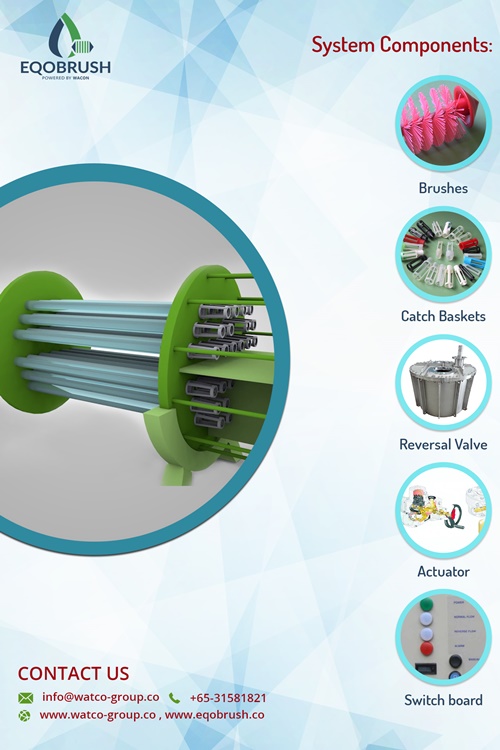- Main
- Chiller Efficiency
- Auto Tube Brushing
- Cooling towers
- Motorless Turbine
- Contact Us



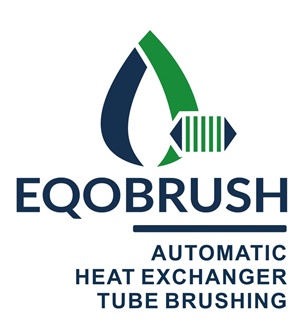
In almost every facility, whether commercial or institutional, chiller investment constitutes a significant portion of capital expenditure. Chiller efficiency is paramount, closely tied to maintenance and energy costs. To maintain efficiency and reliability, a comprehensive maintenance plan is essential, including water treatment, refrigerant checks, and condenser tube cleaning to combat fouling. Chiller efficiencies improve by approximately 3.5 percent for each Celsius degree increase in chilled water supply temperature and each degree decrease in condenser temperature. Moreover, every 0.3 mm of fouling in condenser tubes raises approach and condenser temperature by 1 degree Celsius. Therefore, condenser cleaning is crucial for sustained chiller efficiency.
Tube cleaning – especially automatic tube cleaning – is absolutely essential because it directly affects chiller efficiency more than any other single factor. In the course of normal chiller operation, contaminants such as sand, mud, sludge, algae, and hard mineral components accumulate on the tube surfaces. This accumulation, also known as fouling, increases heat transfer resistance by up to 50%. Consequently, the chiller is forced to work extra hard to meet the heat transfer demand. Estimates show that thermal resistance alone can increase HVAC energy consumption by up to 20%.
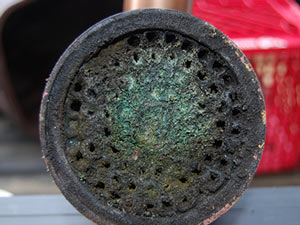
There are various chiller condenser cleaning systems available today, such as rod and brush methods, chemical cleaning systems, tube cleaning guns, rotary tube cleaners, and automatic brush cleaning systems. However, if you have been paying attention to HVAC industry developments, you may have realized that most manufactures do not advocate for automatic brush cleaning systems. This point of view is due to a number of reasons, some of which are discussed below.

Almost all chiller manufacturers pair their chiller system sales with a maintenance contract. Packaged as a carefully managed service partnership, the service contract ensures that you have access to support for the maintenance of your chiller. However, this adds to the overall operation cost of the chiller, especially when the servicing occurs at short intervals.
Automatic tube cleaning systems are designed to regularly clean your chiller heat exchanger and condenser tubes in the course of its normal operation. This means no standstill and production loss as a result of scheduled cleaning interruptions. Therefore, these chiller condenser cleaning systems reduce the frequency of service visits, saving you money. On the manufacturer’s part, of course, this amounts to loss in service revenue, which is why they prefer you to take the service contract.
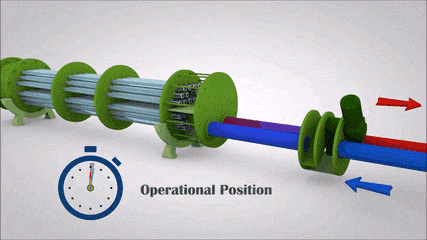
Air-cooled chillers have a lifespan ranging from 10 to 15 years, while their water-cooled counterparts can serve you for up to 30 years. However, runaway corrosion tends to literally eat up these years of service, thereby making replacement the only feasible option.
Brush cleaning systems help you to avoid chiller foul by removing mineral deposits in the tubes before they even settle and crystallize. Fouling and scaling leads to corrosion of the tubes, making them leak. When this happens, the individual tubes have to be blocked. With every additional tube that is blocked, the efficiency of the chiller heat exchange capacity also declines. Ultimately, the chiller system will stop working altogether. A Brush-cleaned chiller system will serve you for a much longer period and this means manufacturers have to wait longer to install a replacement chiller.
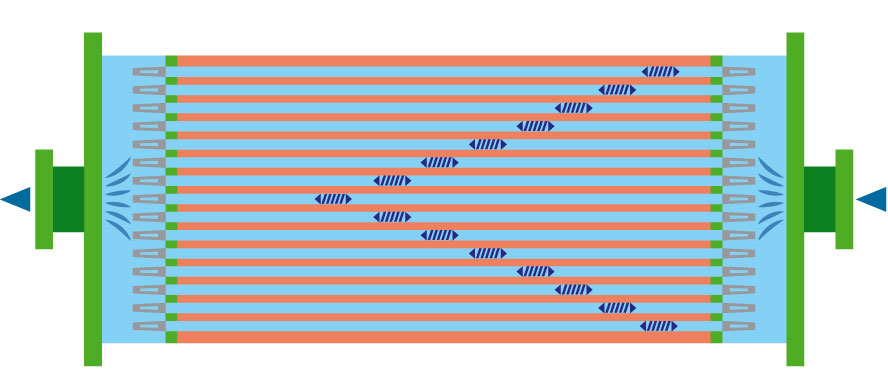
Automatic tube cleaning systems can effectively reduce the heat exchange surface in new projects by anything from 20 to 30%. This is accomplished through non-fouling designs. The usual practice is for design engineers to factor in expected fouling related loss in efficiency by increasing the heat exchange surface area.
However, with brush chiller condenser cleaning, engineers can comfortably devise smaller, cost-effective, and compact systems for sale. Such products reduce your chiller budget, but are less attractive to manufacturers, who may not want to sell these small chillers because their margins are relatively low.
Therefore, the way forward in helping you enhance chiller efficiency and reduce operation cost in your facility management is clear: retrofit your facility with automatic tube cleaning systems.
